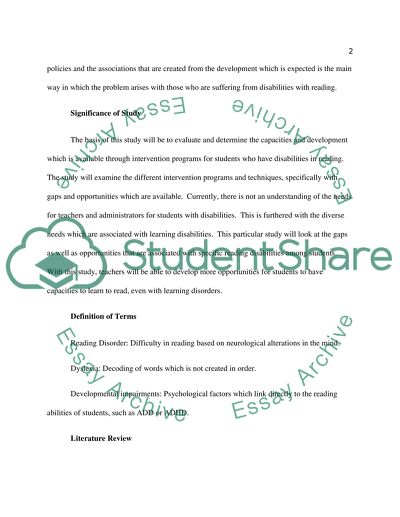Cite this document
(“The Effects of Reading Skills on Elementary School Students With Research Proposal”, n.d.)
Retrieved from https://studentshare.org/education/1394240-the-effects-of-reading-skills-on-elementary-school-students-with-program-development
Retrieved from https://studentshare.org/education/1394240-the-effects-of-reading-skills-on-elementary-school-students-with-program-development
(The Effects of Reading Skills on Elementary School Students With Research Proposal)
https://studentshare.org/education/1394240-the-effects-of-reading-skills-on-elementary-school-students-with-program-development.
https://studentshare.org/education/1394240-the-effects-of-reading-skills-on-elementary-school-students-with-program-development.
“The Effects of Reading Skills on Elementary School Students With Research Proposal”, n.d. https://studentshare.org/education/1394240-the-effects-of-reading-skills-on-elementary-school-students-with-program-development.


